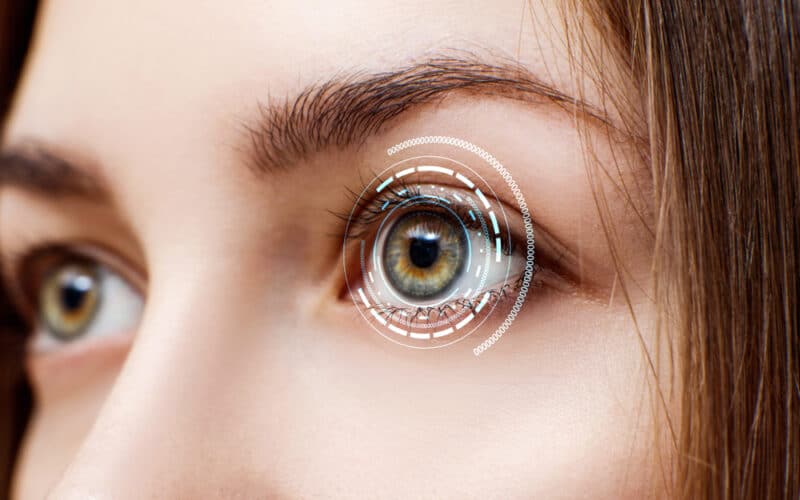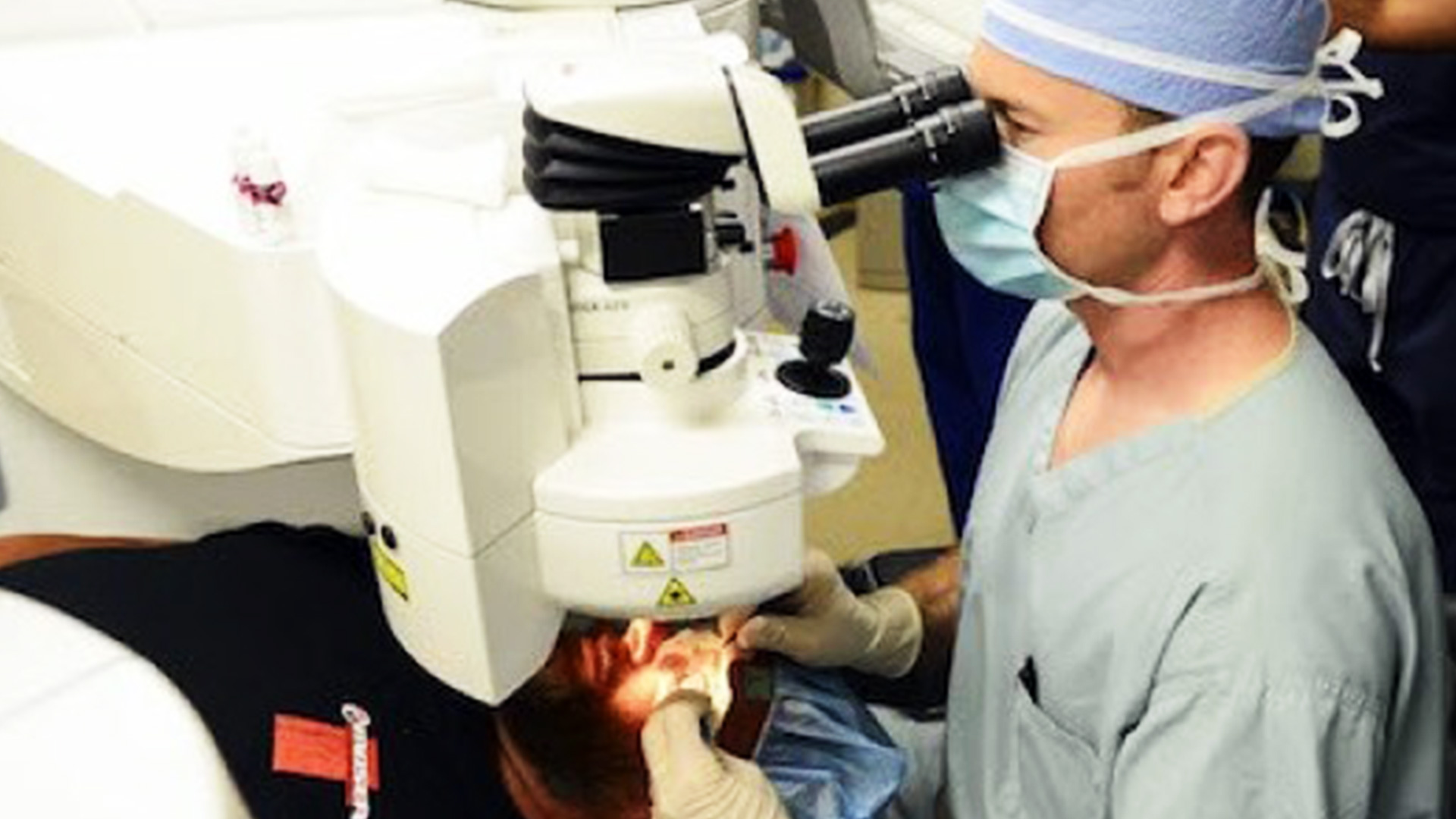
A cornea transplant is an outpatient procedure, most of the time. He performs cornea transplants at the Callahan Eye Foundation Hospital and performs pediatric cornea transplants at Children’s Hospital of Alabama. Phillips performs cornea transplant on patients with the following eye conditions: Also, any past eye surgery must be taken into account, and any effect it might have on further surgery.ĭr. Phillips considers the general health of the eye, the pressure inside the eye, the vision in each eye and the specific condition that caused the decreased vision in the involved eye. There are several factors to consider in deciding who could benefit from a cornea transplant and at what time. After that time, patients are asked to return to their comprehensive eye care provider for regular follow-up. Phillips for a year or more after the transplant. The entire cornea is not usually transplanted, but only the central portion.

The central cloudy portion of the involved cornea is removed at the time of surgery and replaced with a clear cornea donated by a person recently deceased. On occasion an eye may be painful due to corneal swelling, and the transplant, in addition to restoring vision, will relieve the pain. However, in many cases a cornea transplant is necessary to restore sight. Sometimes the vision may be improved with glasses, a contact lens or medications. Injuries, infections, inherited conditions or aging may cause clouding of the cornea and result in decreased or distorted vision.

Many eye conditions affect the cornea and may change its normal transparency. This operation called Deep Anterior Lamellar Keratoplasty (DALK).The cornea measures approximately 12 millimeters in diameter and in its normal state allows rays of light to pass through so that they may be focused on the retina in order to see. The aim in modern transplantation for keratoconus patients is therefore to leave delicate endothelial layer at the back of the cornea in place, and to replace the abnormally shaped corneal tissue in front. The corneal endothelial layer is normal in patients with keratoconus, and this layer is the main target for rejection reactions in corneal transplantation. For patients who already have more advanced keratoconus, corneal transplantation is still the best way to restore a more normal corneal shape and improved vision. Some patients get good vision in two to three. Non-transplant treatments for keratoconus are relatively new, and are only now becoming routinely funded for NHS patients. Following surgery, the eye needs to be protected and eye drops applied for several months to promote healing. Implants (ICL, ICRS) and laser treatment (TransPRK) can be used in tandem with CXL to restore better vision in many cases, reducing dependence on contact lenses. The aim in modern keratoconus treatment is to stabilise corneal shape and prevent further visual impairment using a treatment called collagen cross-linking (CXL). Most corneal transplants are successful, but revision surgery is commonly required in order to achieve the best result, and repeat transplantation may be necessary. Drop treatments are all that you would normally need. Unlike kidney or liver transplantation, most patients do not need drugs to suppress the immune system in order to prevent rejection reactions after a corneal transplant operation. Over 5000 corneal transplants are performed each year in the UK.

Corneal transplantation is the commonest form of organ transplant. In modern corneal transplantation, the damaged layers of the cornea are replaced selectively with normal corneal tissue from an organ donor. If the cornea becomes misty (as in Fuchs dystrophy) or has a poor focusing shape (as in keratoconus) you may require a corneal transplant. Endothelial Keratoplasty has several variations including DMEK, DSAEK, and DLEK.

A variety of IOL options, including multifocal and astigmatism correcting lens implants, and IOL selection strategies are available to help give greater freedom from spectacles after surgery. Cataract surgery involves replacing the misty natural lens with an intraocular lens implant (IOL), which restores a clear pathway for light and improves focus.


 0 kommentar(er)
0 kommentar(er)
